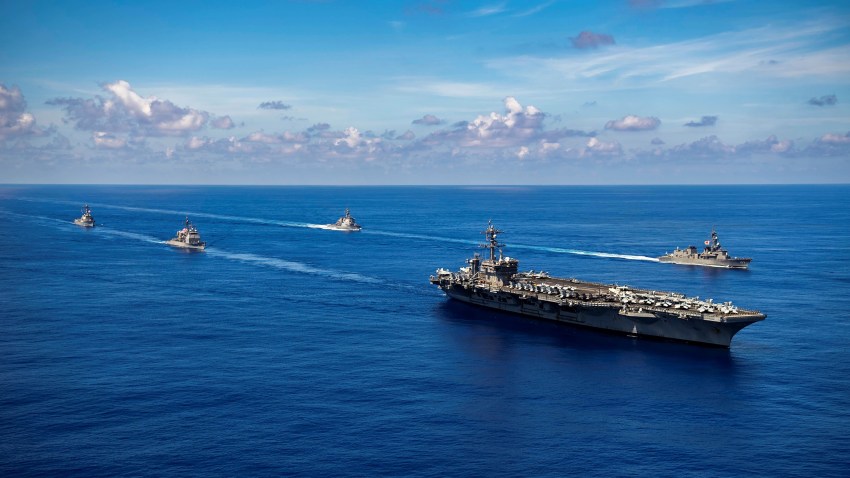The United States rose to global primacy as a maritime power whose merchant vessels plied international waters and whose navy secured the vital shipping lanes that still power the global economy. Today, the priority theater for the U.S. strategically and militarily—the Indo-Pacific—is largely a maritime space, interspersed with islands and archipelagos and bordered by continents. But after decades of insufficient funding, misguided investments and poor strategic planning, the U.S. has allowed its position of maritime superiority to slip away. As a result, its primary challenger and competitor, China, has seized the initiative to threaten not only the United States’ military position in the region, but its economic status as well.
The U.S. Navy, perhaps more than any other branch of the armed forces, is poised to play a key role in Washington’s Indo-Pacific strategy. While this role is often imagined in terms of conflict scenarios, the Navy’s first priority is the plethora of peacetime responsibilities assigned to it. One of them, to prepare for “the peacetime promotion of the national security interests and prosperity of the United States,” was explicitly codified in the 2023 National Defense Authorization Act to recognize the branch’s strategic role in preventing war.
As well as being warfighting organizations, navies are tools for conducting diplomacy. For instance, port visits in friendly states can highlight the benefits of strong bilateral ties or signal support for security partners. The U.S. Navy’s combat capabilities, including its nuclear deterrent carried by a fleet of nuclear-powered ballistic missile submarines, make it a powerful signaling device to friends and foes alike.

